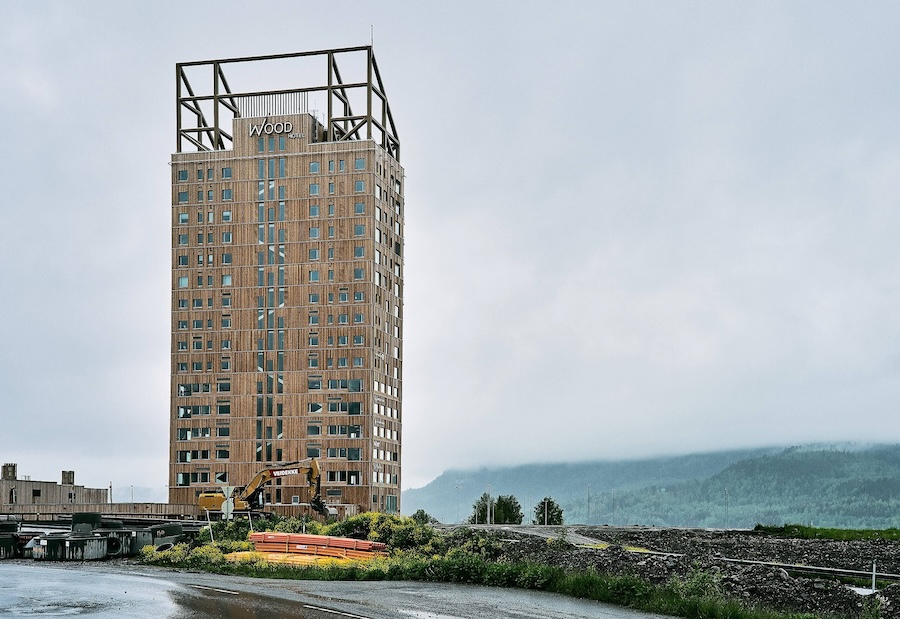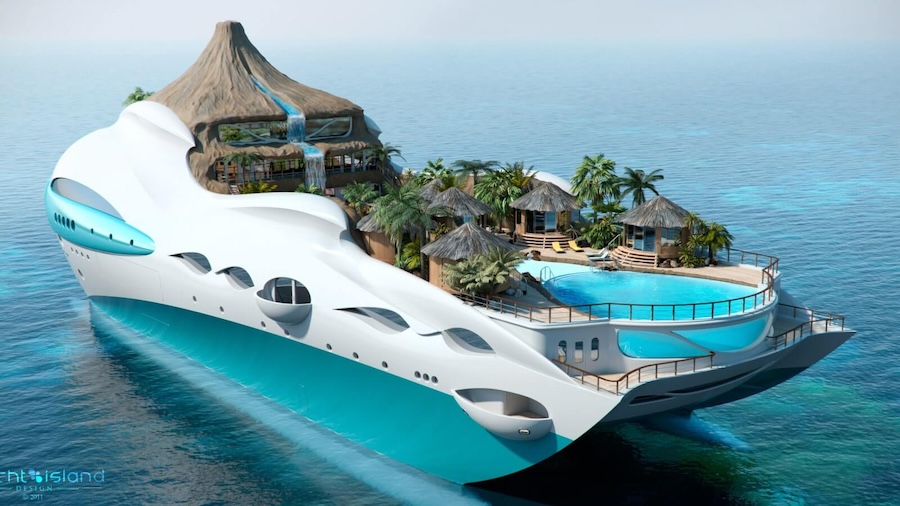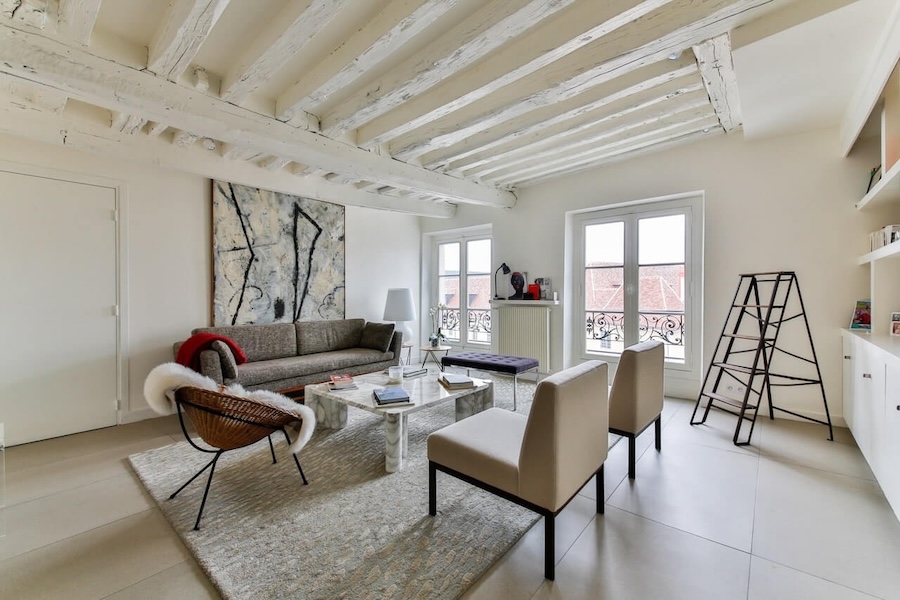· design · 5 min read
The Rise of Sustainable Architecture
Explore the innovative world of sustainable architecture, where cutting-edge design meets environmental responsibility, redefining how we live and interact with our built environment.

Sustainable architecture is more than a trend; it’s a revolution that’s reshaping the very fabric of our built environment. As the world grapples with climate change and resource depletion, architects and designers are pioneering solutions that not only minimize environmental impact but also enhance the quality of life. This article delves into the evolution of sustainable architecture, its core principles, innovative technologies, and how it’s forging a path toward a greener future.
The Genesis of Sustainable Architecture
Early Environmental Awareness
The roots of sustainable architecture can be traced back to ancient civilizations that harmonized their structures with nature. Indigenous peoples built dwellings that responded to local climates and resources. However, the modern movement began to take shape in the 1960s and 1970s amid growing environmental awareness. The oil crisis of 1973 and publications like Rachel Carson’s “Silent Spring” highlighted the need for energy efficiency and ecological responsibility in design.
Pioneering Figures and Milestones
Architects like Frank Lloyd Wright and Buckminster Fuller laid the groundwork by advocating for designs that integrated with the natural world. The construction of the Centre for Alternative Technology in Wales and the establishment of the Passive House standards in Germany were significant milestones that propelled sustainable architecture into the mainstream consciousness.
Core Principles of Sustainable Architecture
Energy Efficiency
Reducing energy consumption is a fundamental goal. This involves:
- Passive Design Strategies: Utilizing natural light, ventilation, and thermal mass to regulate indoor environments.
- High-Performance Building Envelopes: Insulation, windows, and materials that minimize heat loss or gain.
- Renewable Energy Integration: Incorporating solar panels, wind turbines, and geothermal systems.
Resource Conservation
Sustainable architecture emphasizes the responsible use of resources:
- Sustainable Materials: Using recycled, renewable, or locally sourced materials to reduce environmental impact.
- Water Efficiency: Implementing rainwater harvesting, greywater recycling, and low-flow fixtures.
- Waste Reduction: Designing for adaptability and disassembly to minimize construction and demolition waste.
Healthy Indoor Environments
Enhancing occupant well-being through:
- Indoor Air Quality: Using non-toxic materials and providing adequate ventilation.
- Biophilic Design: Integrating natural elements like plants and water features to connect occupants with nature.
- Ergonomics and Comfort: Designing spaces that promote physical and mental health.
Innovative Technologies and Strategies
Green Roofs and Vertical Gardens
Green roofs and vertical gardens transform buildings into living ecosystems:
- Thermal Regulation: Vegetation provides insulation, reducing heating and cooling needs.
- Stormwater Management: Plants absorb rainwater, mitigating runoff and flooding.
- Biodiversity Enhancement: Creating habitats for birds, insects, and other wildlife.
Smart Building Systems
Integration of technology enhances efficiency:
- Building Automation: Sensors and controls optimize lighting, HVAC, and security systems.
- Energy Monitoring: Real-time data enables occupants to manage consumption.
- Adaptive Systems: Buildings that adjust to environmental conditions and occupant needs.
Net-Zero and Positive Energy Buildings
Pushing the boundaries of efficiency:
- Net-Zero Energy Buildings (NZEBs): Structures that produce as much energy as they consume annually.
- Positive Energy Buildings: Generating surplus energy that can be fed back into the grid.
Case Study: The Bullitt Center, Seattle
Dubbed the “greenest commercial building in the world,” the Bullitt Center features:
- Solar Power: A rooftop array that generates 60% more energy than the building consumes.
- Rainwater Harvesting: A system that collects and treats rainwater for all potable uses.
- Composting Toilets: Reducing water usage and returning nutrients to the soil.
The Role of Certification Systems
LEED (Leadership in Energy and Environmental Design)
Developed by the U.S. Green Building Council, LEED is a widely recognized certification that assesses:
- Sustainable Sites
- Water Efficiency
- Energy and Atmosphere
- Materials and Resources
- Indoor Environmental Quality
BREEAM (Building Research Establishment Environmental Assessment Method)
Originating in the UK, BREEAM evaluates buildings based on:
- Energy
- Health and Wellbeing
- Innovation
- Land Use
- Materials
WELL Building Standard
Focuses on human health and wellness, assessing:
- Air
- Water
- Nourishment
- Light
- Fitness
- Comfort
- Mind
Urban Sustainability and Eco-Cities
The Rise of Sustainable Urban Planning
Cities are embracing sustainability at the macro level:
- Transit-Oriented Development: Reducing reliance on cars through efficient public transportation.
- Mixed-Use Communities: Combining residential, commercial, and recreational spaces to reduce travel distances.
- Green Infrastructure: Incorporating parks, greenways, and natural systems into urban planning.
Pioneering Eco-Cities
Masdar City, UAE
Envisioned as a zero-carbon, zero-waste city, Masdar incorporates:
- Renewable Energy: Powered entirely by solar and other renewable sources.
- Automated Transportation: A network of driverless electric vehicles.
- Innovative Architecture: Buildings designed to maximize shade and airflow.
Songdo International Business District, South Korea
A smart city built from scratch, featuring:
- Ubiquitous Connectivity: Integrated IT infrastructure for efficient city management.
- Green Spaces: Over 40% of the area dedicated to parks and open spaces.
- Energy Efficiency: Advanced waste management and energy systems.
Challenges and Considerations
Cost and Economic Feasibility
- Initial Investment: Higher upfront costs for sustainable materials and technologies.
- Long-Term Savings: Reduced operational costs through energy and water savings.
- Incentives and Policies: Government subsidies, tax credits, and regulations can influence feasibility.
Technological Limitations
- Innovation Pace: Rapid technological advancements can outdate current systems.
- Integration Complexity: Ensuring compatibility between various smart systems and technologies.
Cultural and Behavioral Factors
- Occupant Engagement: Success often depends on how occupants use and interact with the building.
- Education and Awareness: Promoting sustainable practices among users.
The Future of Sustainable Architecture
Regenerative Design
Moving beyond sustainability to regeneration:
- Restorative Impact: Buildings that actively improve the environment.
- Circular Economy Principles: Designing for reuse and recycling of materials.
Biomimicry and Bio-Integrated Design
Drawing inspiration from nature:
- Biomimetic Structures: Designs that mimic natural forms and processes.
- Living Materials: Incorporating organisms like algae for energy production and air purification.
Community and Social Sustainability
Emphasizing social dimensions:
- Affordable Housing: Integrating sustainability into housing for all economic levels.
- Community Engagement: Participatory design processes involving local stakeholders.
Conclusion
Sustainable architecture represents a transformative approach to design and construction, one that acknowledges our responsibility to the planet and future generations. By embracing innovation, respecting ecological principles, and fostering a holistic view of human well-being, sustainable architecture is not only reshaping our buildings but also redefining our relationship with the environment. As we stand at the crossroads of climate urgency and technological possibility, the continued evolution of sustainable architecture offers a beacon of hope and a blueprint for a greener, more harmonious future.


